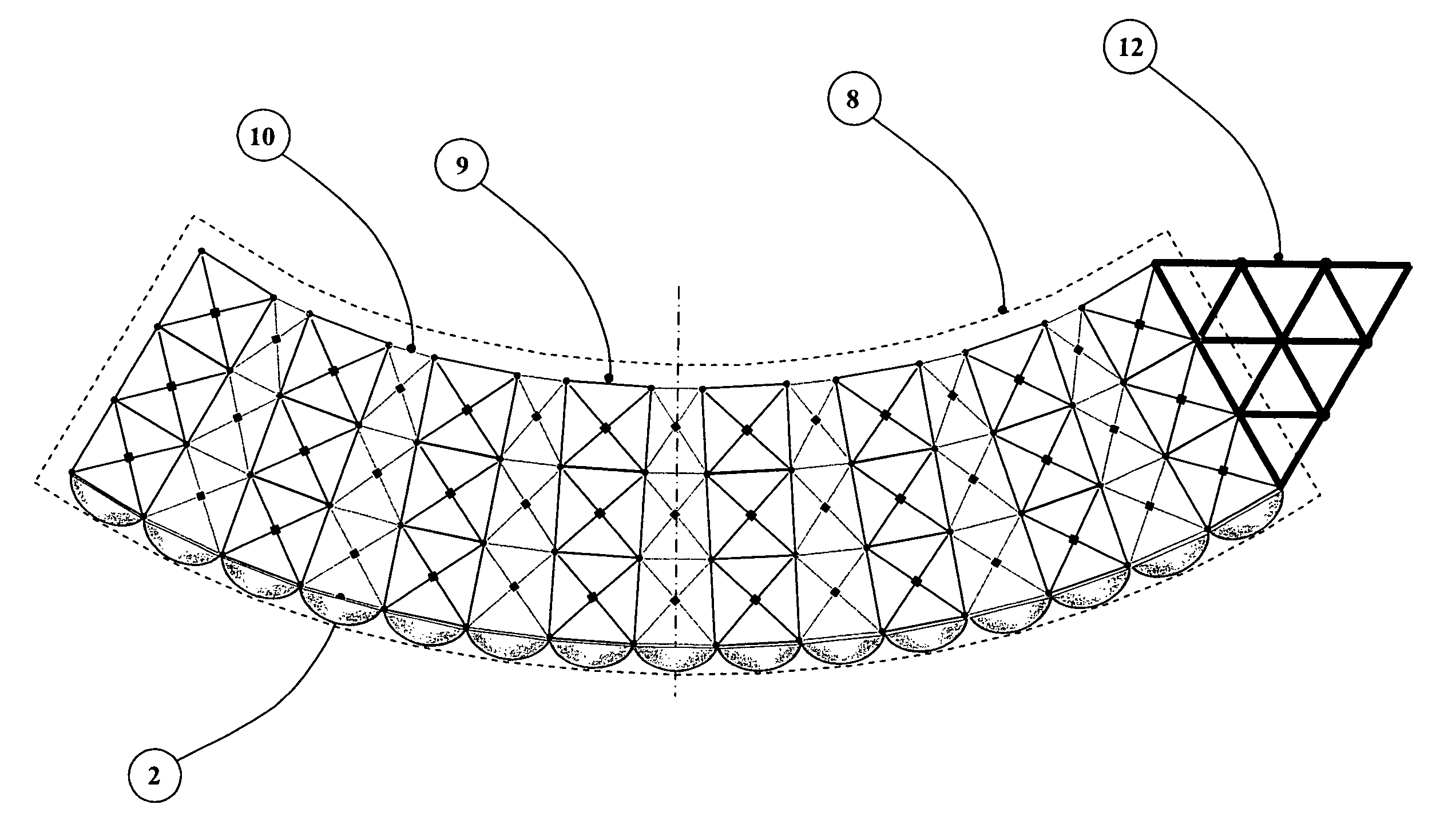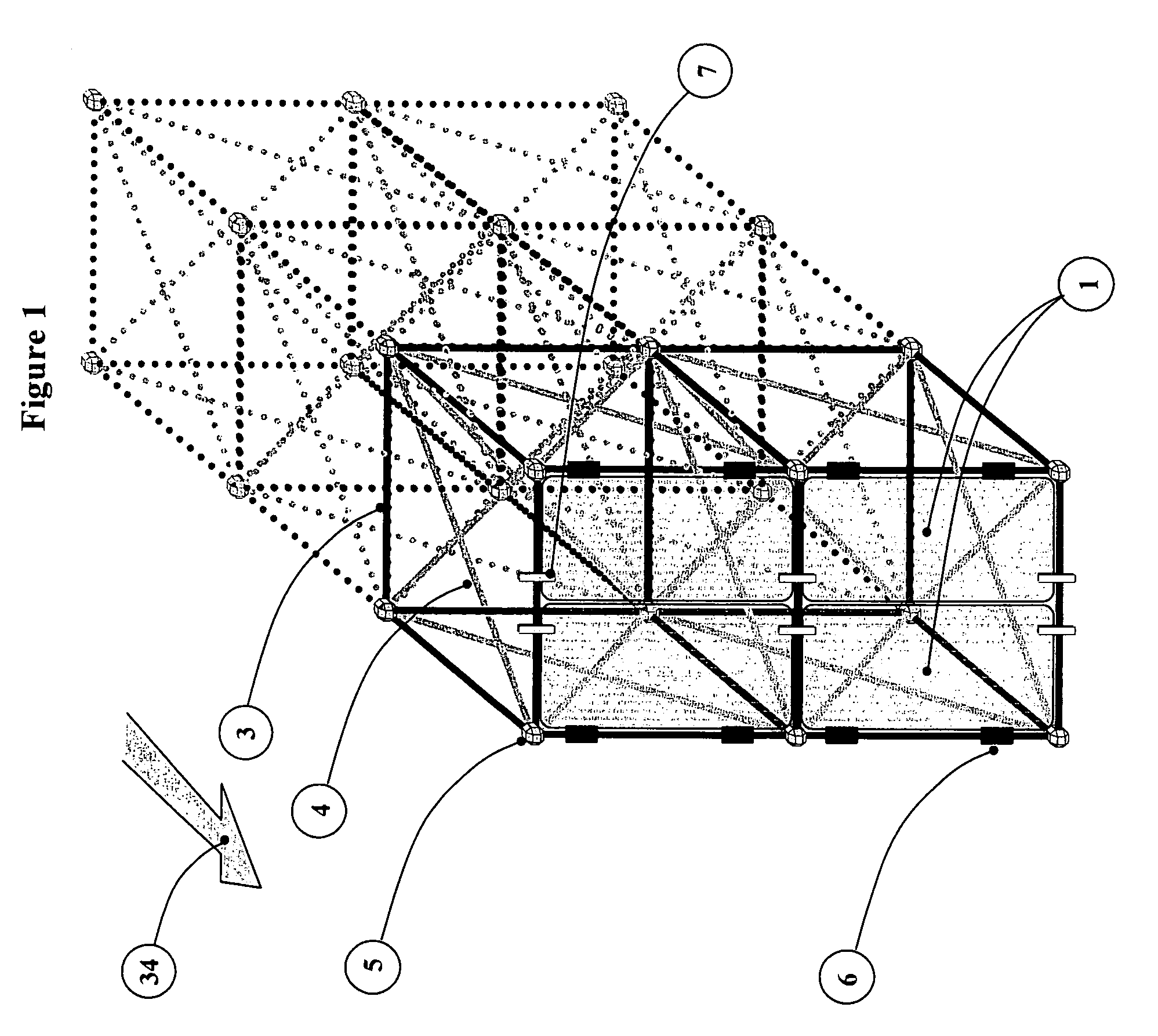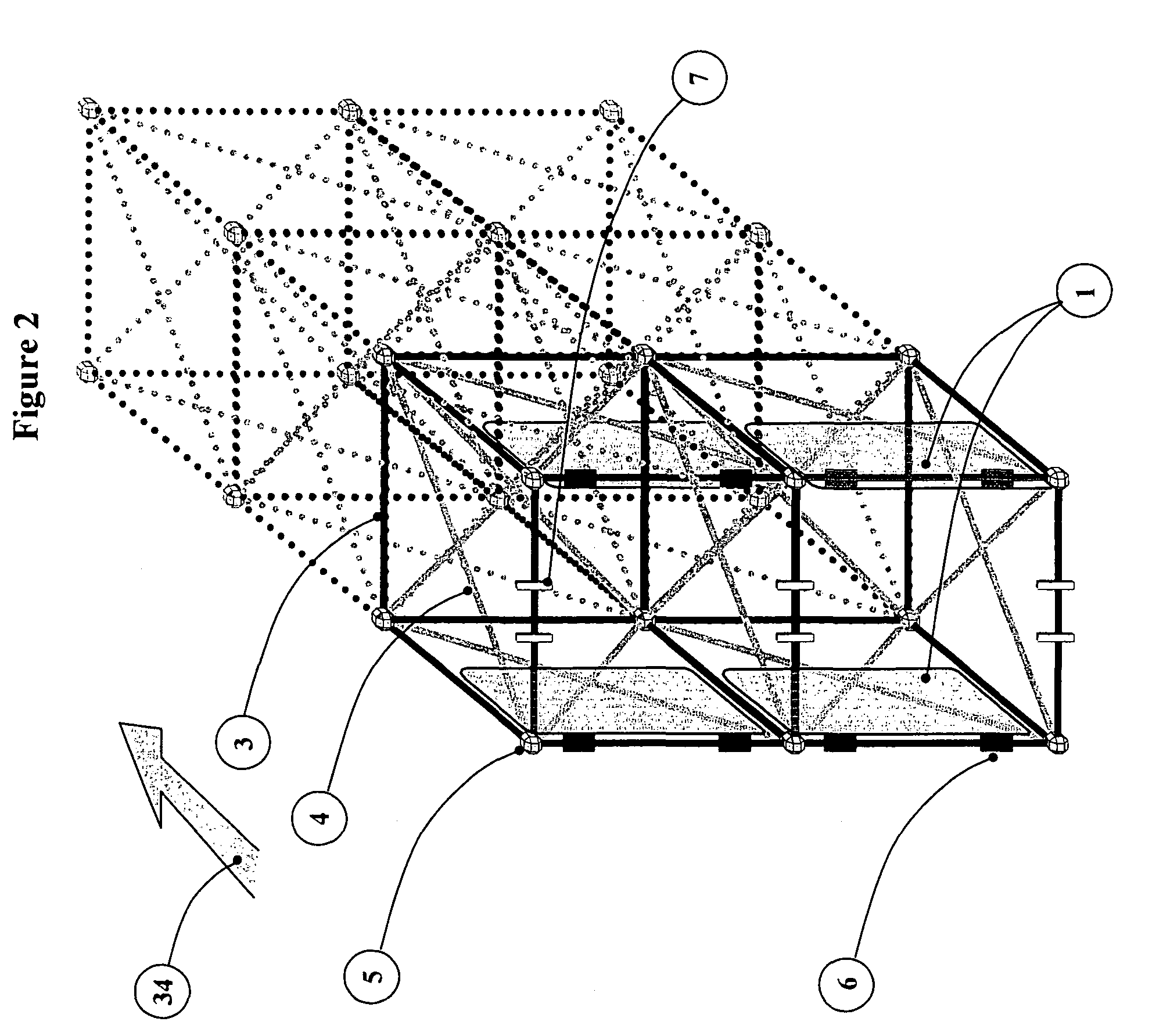Utilization of renewable energy sources with a passively savonius rotor (PVSR)
a renewable energy source and rotor technology, applied in renewable energy generation, vessel construction, greenhouse gas reduction, etc., can solve the problems of multiple modes of unfavorable forced vibratory response, traffic congestion on the site of wind farms, and a major balance of station cost for new installations, etc., to achieve higher discontinuity.
- Summary
- Abstract
- Description
- Claims
- Application Information
AI Technical Summary
Benefits of technology
Problems solved by technology
Method used
Image
Examples
Embodiment Construction
[0036]In the following detailed description of the invention, reference is made to the accompanying drawings which form a part of the disclosure, and, in which are shown by way of illustration, and not of limitation, specific embodiments by which the invention may be practiced. In the drawings, like numerals describe substantially similar components throughout the several views. Further, the drawings, the foregoing discussion, and following description are exemplary and explanatory only, and are not intended to limit the scope of the invention or this application in any manner.
[0037]The Passively Vented Savonius Rotor (PVSR) provides much higher efficiency vs. existing designs by substantially eliminating the drag component(s) to its aerodynamic performance. Additionally, it eliminates the multistage gearbox, and replaces it with a lightweight, single stage configuration providing a speed increase ratio of up to 200:1. The PVSR, with its three sails configured as a self-supporting s...
PUM
 Login to view more
Login to view more Abstract
Description
Claims
Application Information
 Login to view more
Login to view more - R&D Engineer
- R&D Manager
- IP Professional
- Industry Leading Data Capabilities
- Powerful AI technology
- Patent DNA Extraction
Browse by: Latest US Patents, China's latest patents, Technical Efficacy Thesaurus, Application Domain, Technology Topic.
© 2024 PatSnap. All rights reserved.Legal|Privacy policy|Modern Slavery Act Transparency Statement|Sitemap



